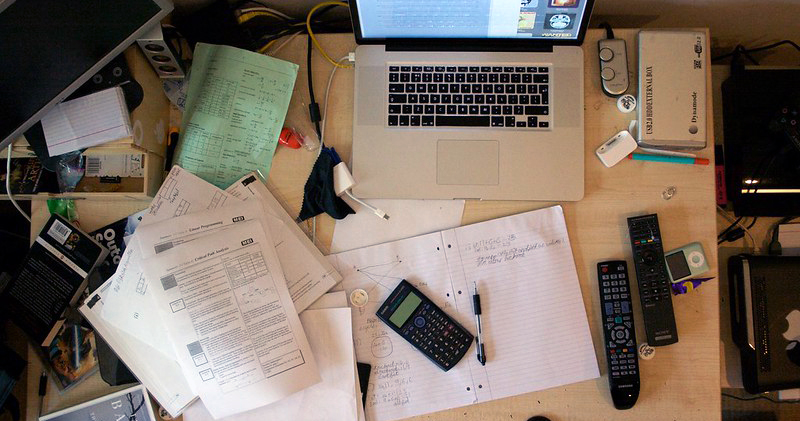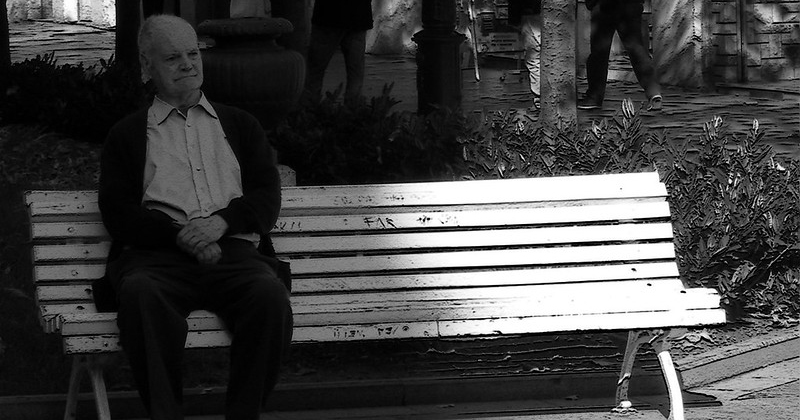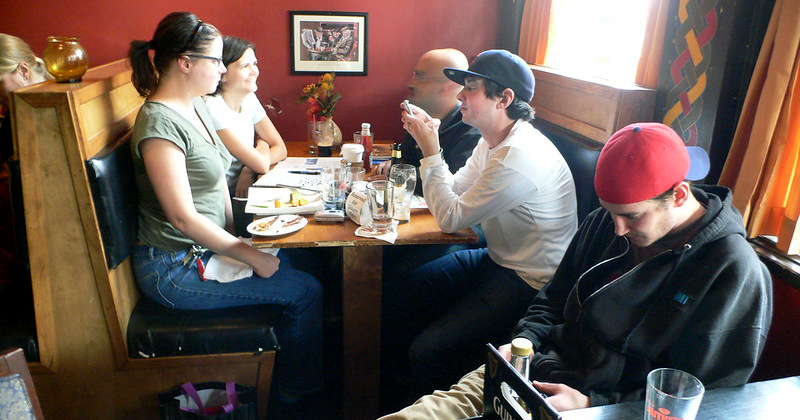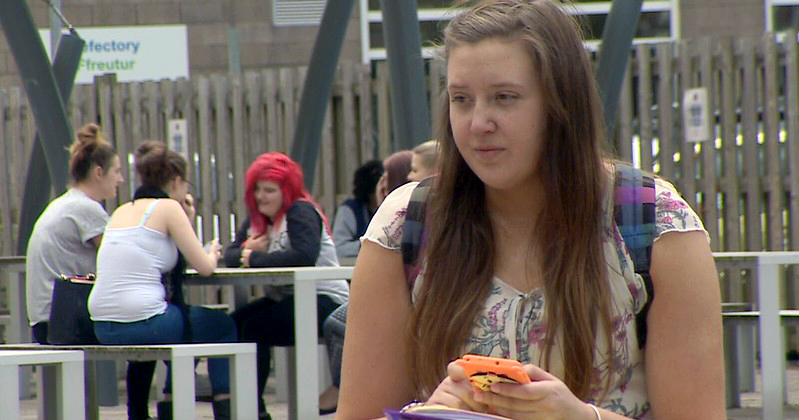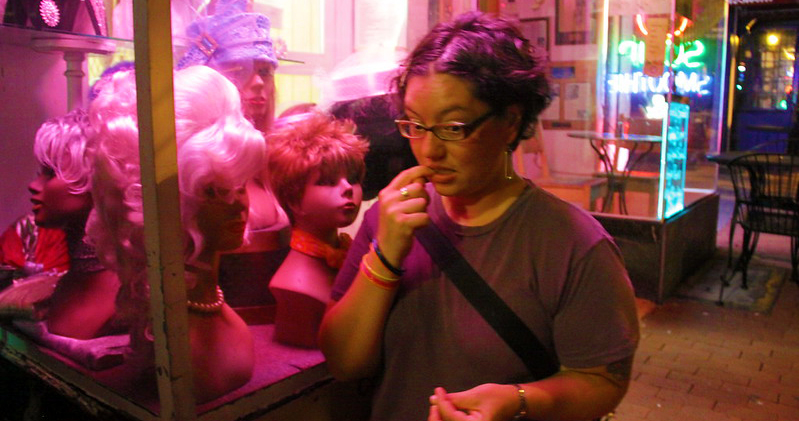Evaluation
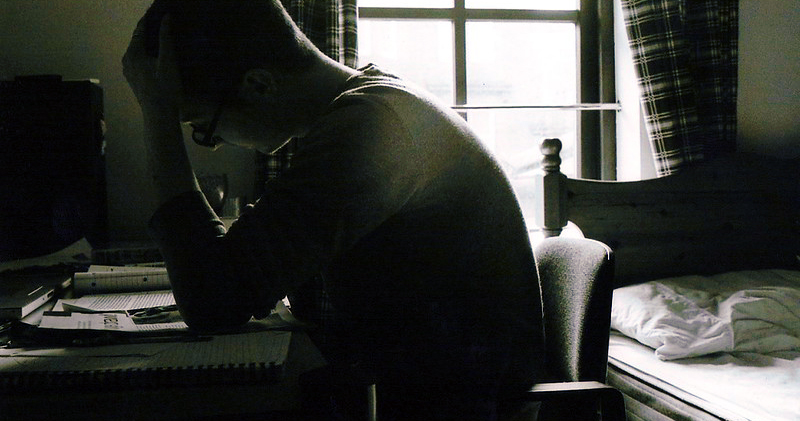
“All the information contained in this section is for guidance only. Psious environments are therapy supporting tools that must be used by the healthcare professional within an evaluation and intervention process designed according to the characteristics and needs of the user.
Also remember that you have the General Clinical Guide in which you have more information on how to adapt psychological intervention techniques (exposure, systematic desensitization, cognitive restructuring, chip economy…) to Psious environments.”
Test Anxiety Evaluation
Evaluation Objectives
- Evaluate the presence and comorbidity of other emotional disorders, especially anxiety disorders such as social phobia.
- Evaluate anxiety associated with components: perform a test, have to study, go to class on a test day…
- Define the patient’s fear configurations and their degree. Elaborate a hierarchy of exposure.
- Evaluate the presence of distorted thoughts such as being totally blank, not having learned anything after having studied, not showing up at exams, always failing…
- Evaluate which component of test anxiety is the one that concerns the patient the most: a, b, c, d
- Evaluate which style of coping characterizes the patient, whether it is more (a) task-oriented, focusing on the pursuit of (b) social support, or is (c) avoidance.
Some useful tools for evaluating Test Anxiety
Taking into account the evaluation objectives we will list some tools that may be useful to obtain relevant information about the characteristics of your user. Remember that a good definition of objectives, patient characterization and intervention planning are important for the therapeutic efficiency and effectiveness, as well as for the satisfaction of your user. In the bibliography you will find the articles that will serve you to review the characteristics of the tools proposed below:
- Open or semi-structured interview
- Structured Interview: ADIS-IV
SELF-REPORTS
- One-dimensional
- Test Anxiety Scale
- Multidimensional
- Test Anxiety Questionnaire (TAQ)
- Test Anxiety Inventory (TAI)
- German Test Anxiety Inventory (TAI-G)
- Test Anxiety questionnaire
- Anxiety and performance questionnaire
- Psious self-reports for the elaboration of the hierarchy
Elaboration of the exposure hierarchy with Psious environments
Once we have the information from the evaluation we can proceed to elaborate the exposure hierarchy. In order to do this, we can ask a series of questions (e.g., what level of discomfort, on a scale from 0 to 100, does it generate you to study for a test?, What level of discomfort, on a scale from 0 to 100, would it generate to you having to do an admission test for the university?, Do you think there is something that can generate an even greater discomfort?) aimed at planning the intervention through virtual reality
Hierarchy Examples
In the annex you will find a self-report tool to get the hierarchy of action using Psious environments.
